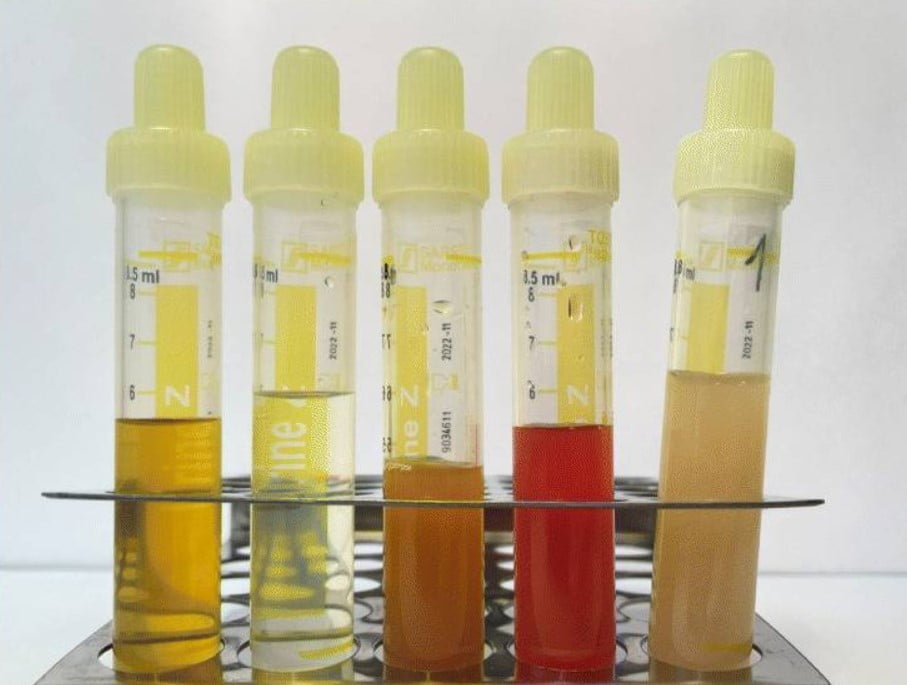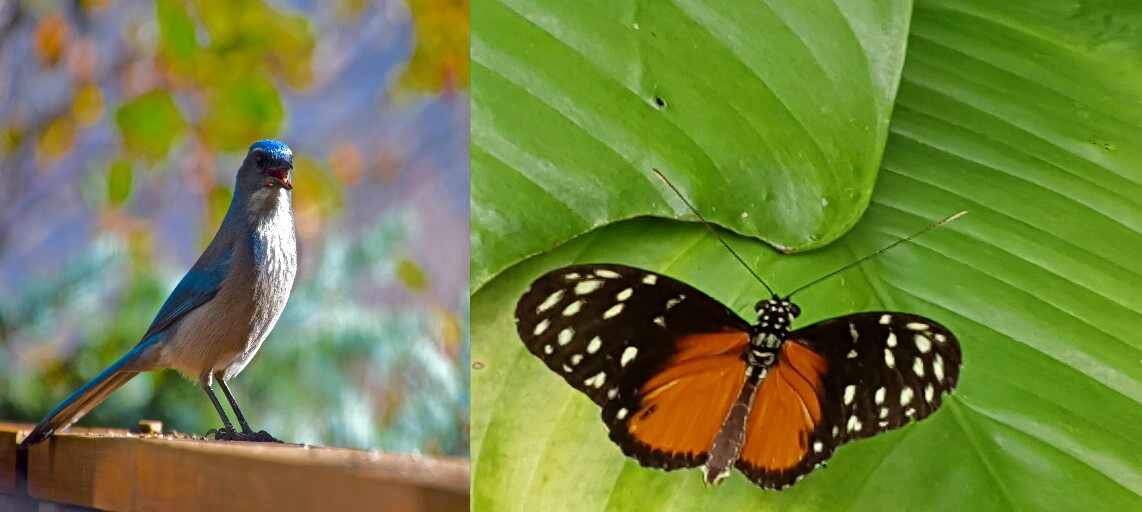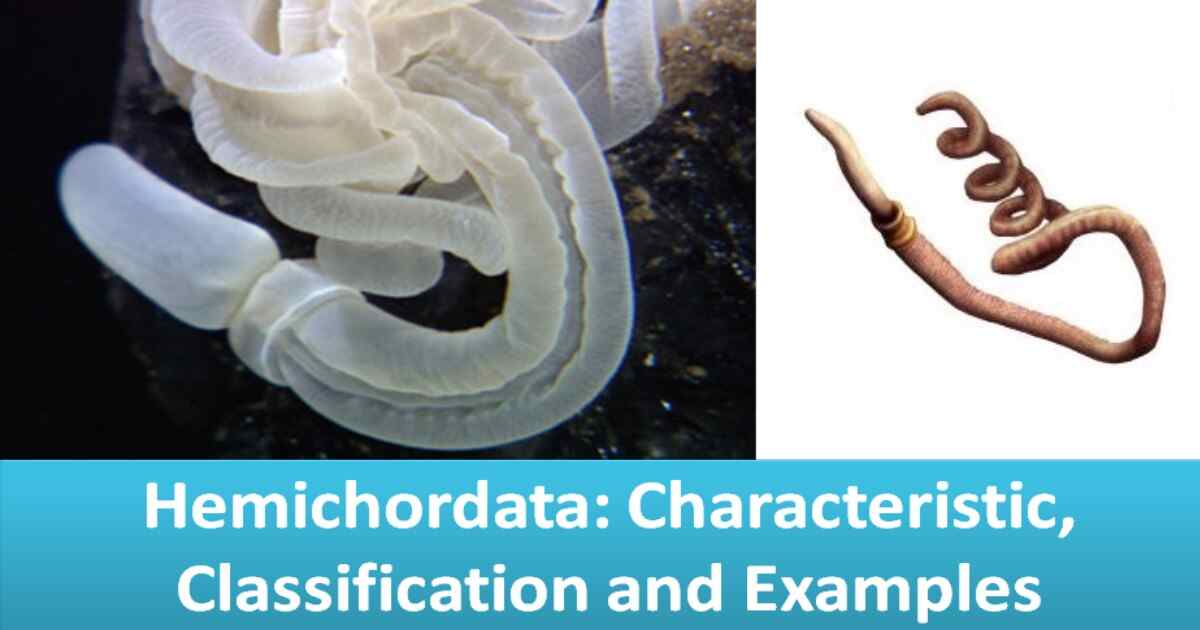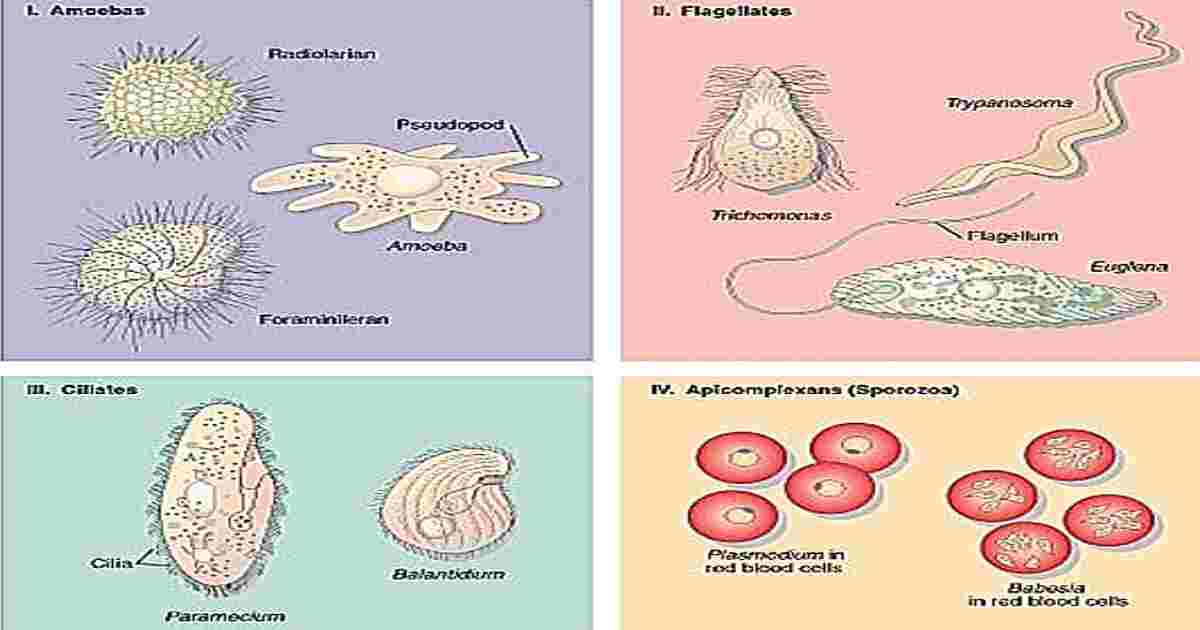Fasciola hepatica: Morphology
Fasciola hepatica: Fasciola, often known as the common fluke, is a parasitic flatworm that lives in the liver and bile passages of vertebrates, including dogs, pigs, sheep, cattle, and rabbits. Fasciola hepatica An illness known as fascioliasis, or liver rot, is brought on by the several species of Fasciola, such as F. hepatica, the liver…







